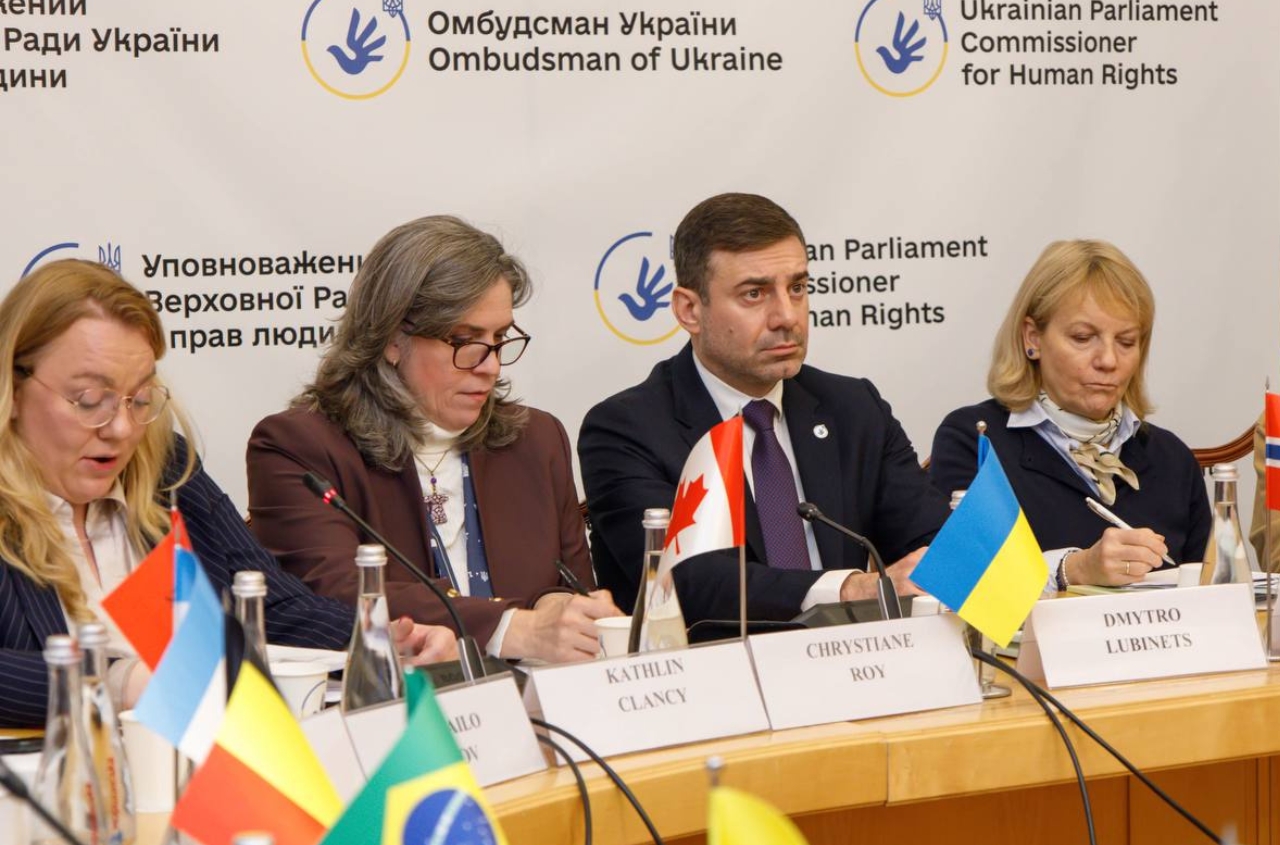In Kursk region, the city of Lgov, with a population of nearly 17,000, and surrounding settlements will not be evacuated, announced the head of the Lgov district, Sergey Korosteleev.
"There is no need to evacuate people from our district. The region is under a state of emergency; the situation remains tense but controlled," Korosteleev wrote on his VKontakte page.
He mentioned that, for safety reasons, Cossacks will start patrolling the rural areas and the city of Lgov itself. He advised local residents not to go outside during air raids and to always carry identification.
At the same time, Korosteleev noted that the administration is prepared to evacuate children, the disabled, and sick people from the district, but only upon individual requests.
Residents of Lgov told Caution, News that they are unable to reach the emergency service number 112, which collects evacuation requests. Calls from Lgov are being dropped, and connections from Moscow take between 15 minutes and an hour.
The Ukrainian Armed Forces (UAF) entered Kursk region on the morning of August 6. Within four days, they took control of at least 20 settlements, occupying about 100 square kilometers of territory. They have since begun advancing toward Lgov, which is about 15 kilometers away.
The Telegram channel Two Majors recently published a video showing residents fleeing Lgov, creating long traffic jams on narrow rural roads. The channel’s author noted that this complicates logistics for Russian military units mobilizing reserves to confront the UAF.
The Ukrainian army is also advancing towards Rylsk. Controlling Lgov and Rylsk would allow the UAF to "move east towards Kurschatov, where the nuclear power plant is located," noted Military Informant.
On Friday, August 9, the head of the Kurschatov city administration, Igor Korpunkov, stated that fighting is taking place "several dozen kilometers" from the city. However, he urged local residents not to panic and stated that all city enterprises are operating "as usual."





















